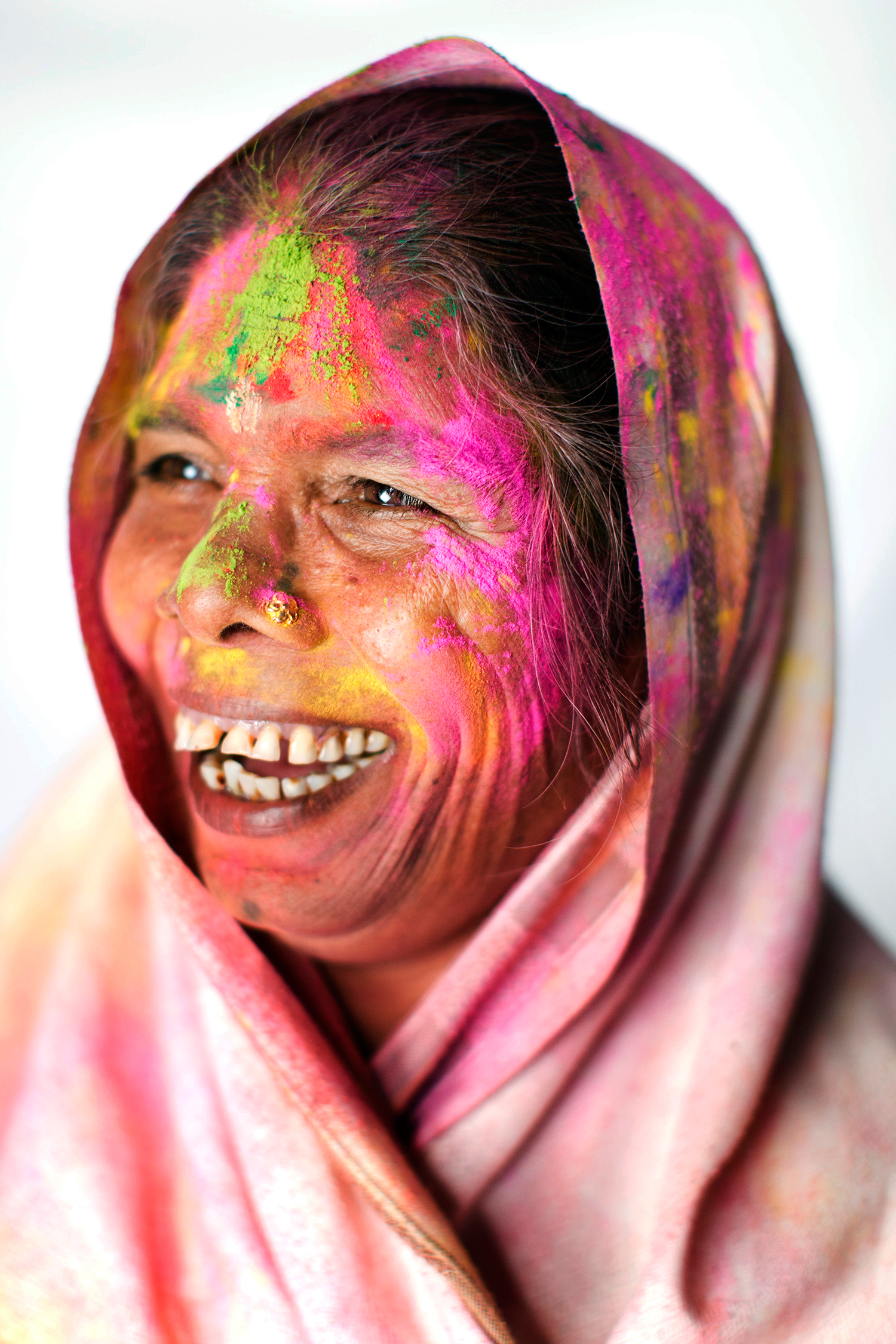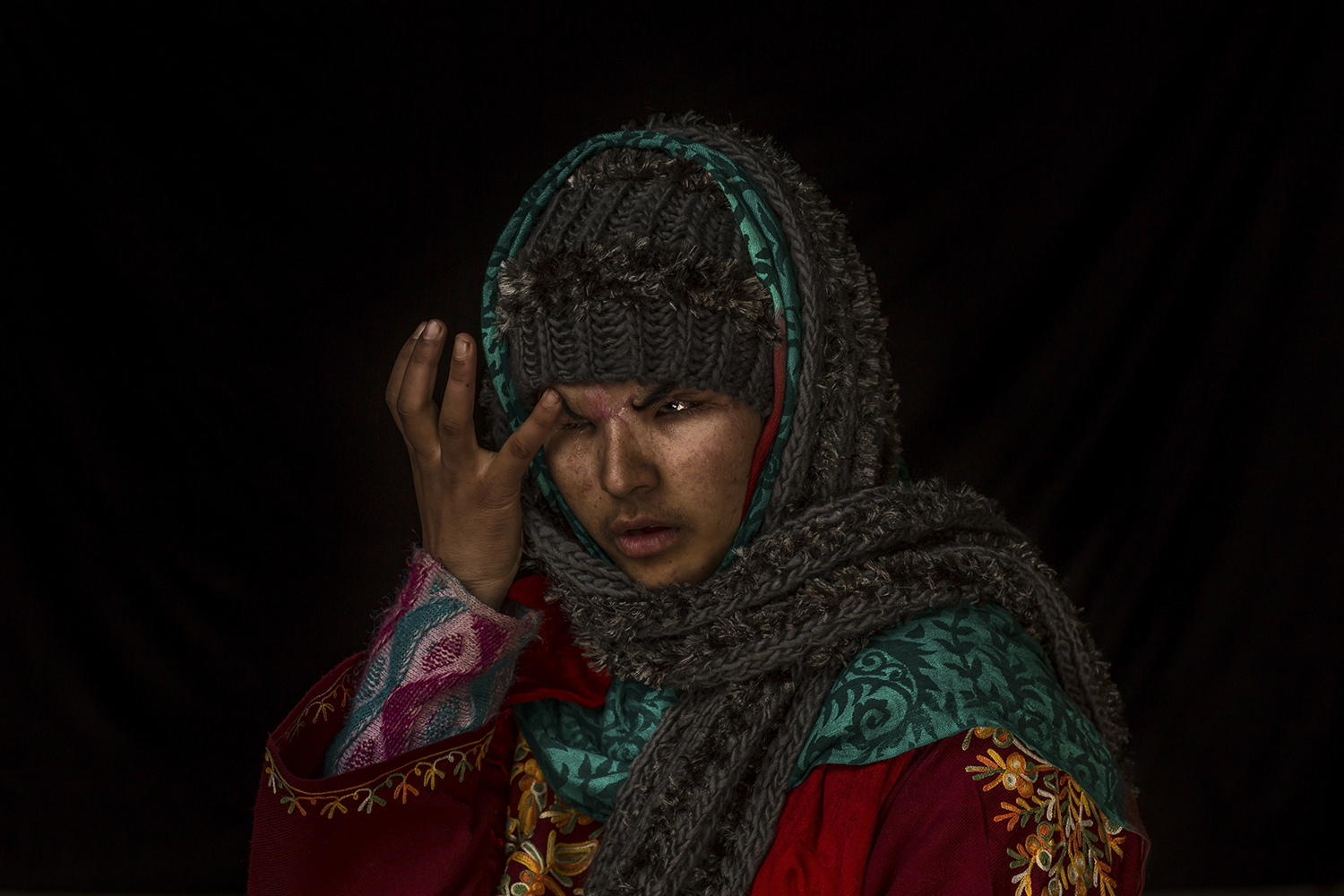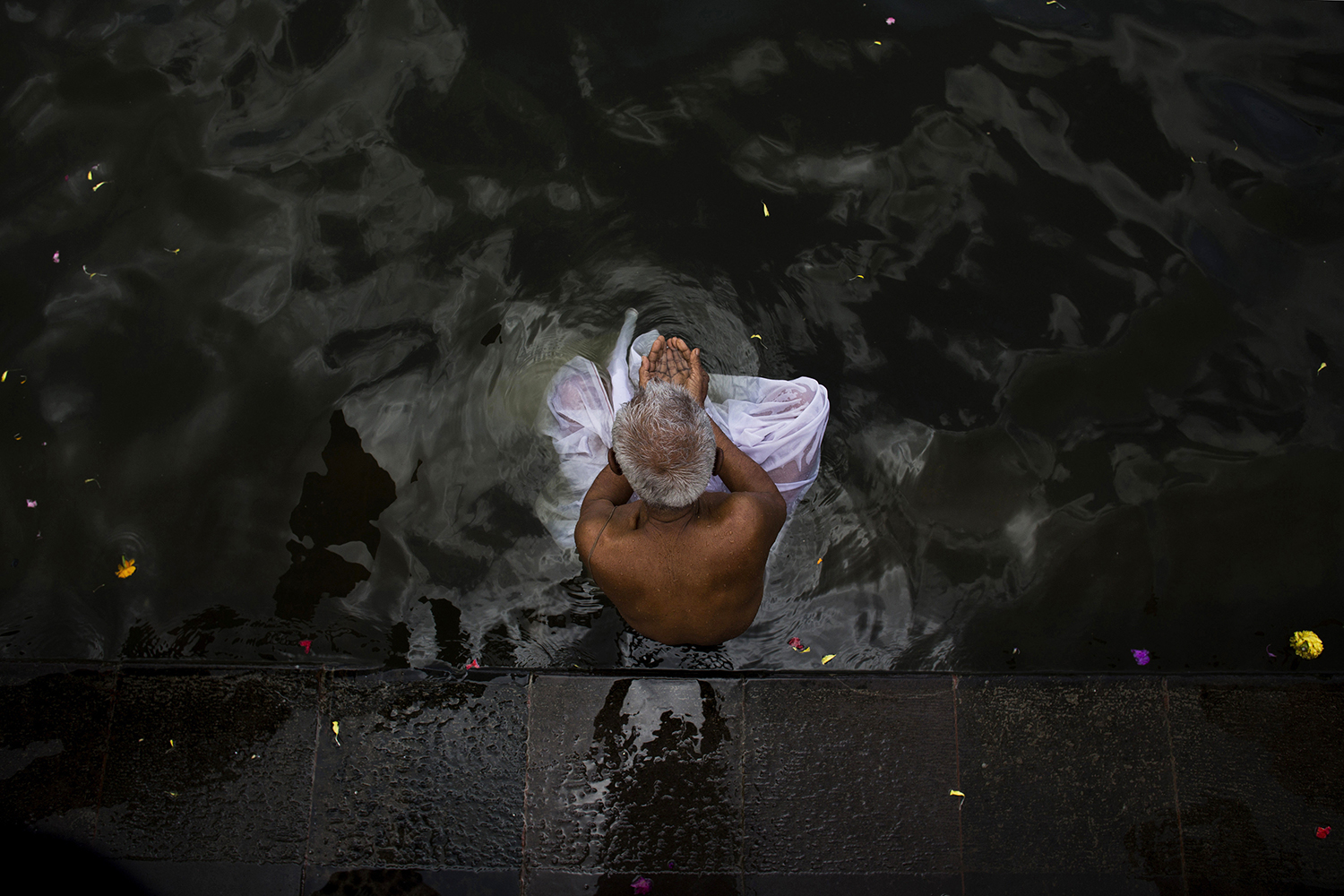India's widows in color

Indian tradition says a widow will spend her life in seclusion, mourning her husband and avoiding public gatherings. If she comes to a wedding, she is thought to bring bad luck to the family. If she comes to a birth ceremony, she brings bad luck to the baby.
After her husband dies, she will wear only white, Hinduism's color of mourning. As much as she can, she will live a life without color.
In this Tuesday, March 3, 2015 photo, Hindu widow Sima Chohan, 40, poses for a portrait after celebrating Holi at the Meera Sahabhagini Widow Ashram in Vrindavan, India. Hundreds of widows gathered Tuesday at the Ashram to celebrate the Hindu festival of spring and India’s riotous annual celebration of color. (AP Photo/Bernat Armangue)
So when Holi arrives, the festival of spring and India's riotous annual celebration of color, when friends and strangers shower one another with colored water and bright powders, she is supposed to disappear into the background.
Then there is Holi at the Meera Sahabhagini Widows Ashram, a shelter for widows abandoned by their families, in this city of temples where widows have long been dropped off and forgotten.
In that ashram, hundreds of widows gathered Tuesday to experience what they are not supposed to: Joy. Organized by an Indian aid agency, Sulabh International, the gathering was a way to let the women celebrate their lives, and to show that losing a husband doesn't mean losing one's life.
Color was everywhere. On the women's faces, in their hair, coating their clothes.
For once, white was hard to find.
Text from AP news story, AP PHOTOS: Indian widows celebrate Holi despite tradition, by Bernat Armangue
See more from Bernat Armangue
Spotlight is the blog of AP Images, the world’s largest collection of historical and contemporary photos.
Written content on this site is not created by the editorial department of AP, unless otherwise noted.












